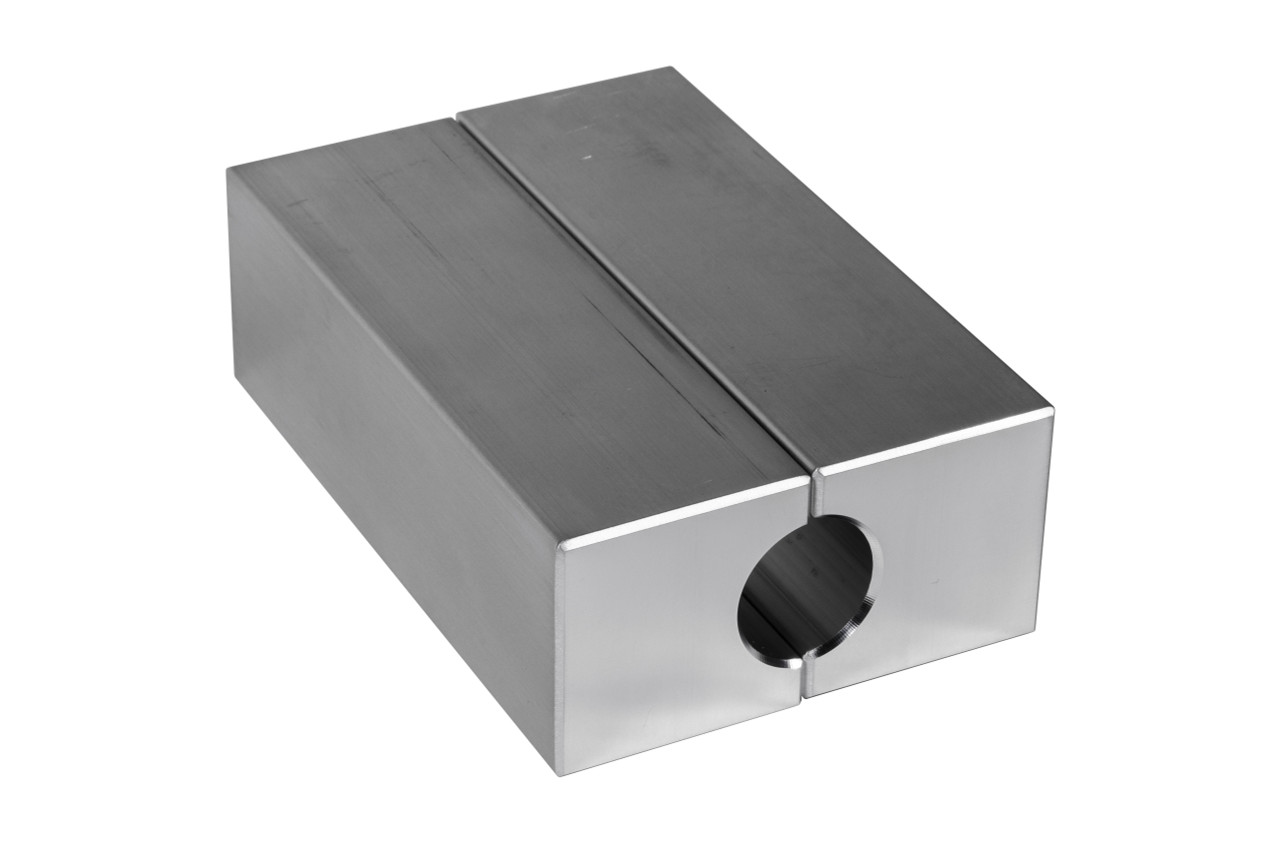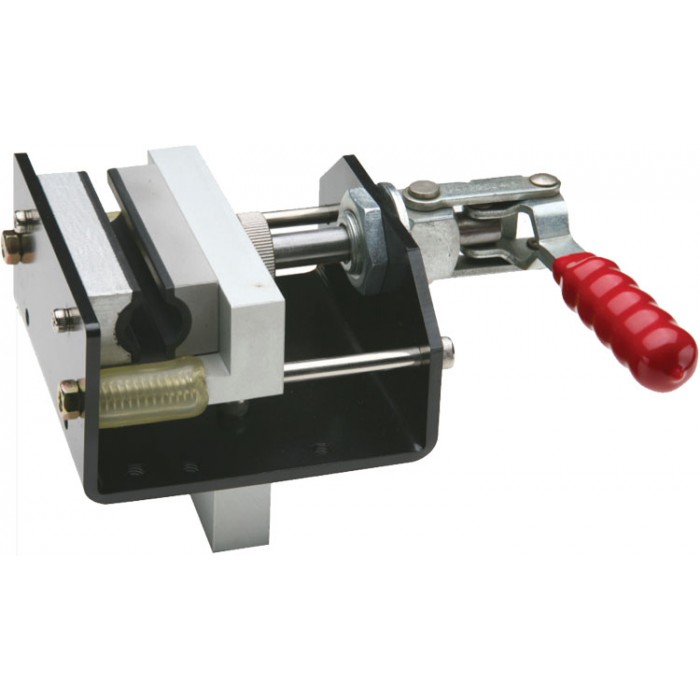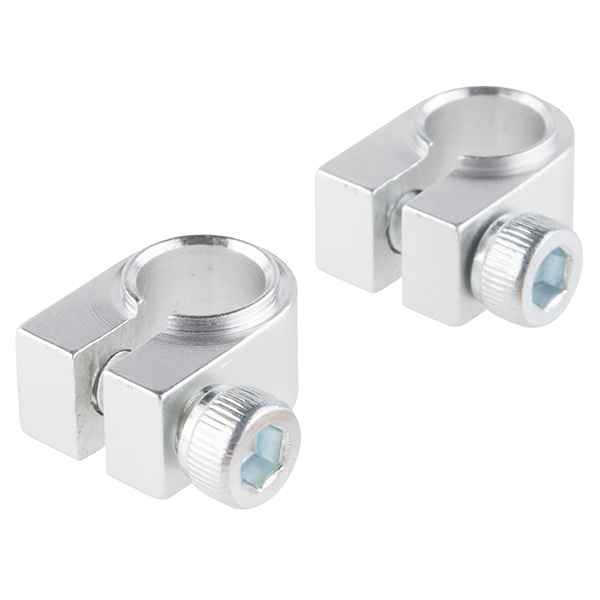Product Description
Set screw Shaft Collar, CZPT Shaft Collar, Nylon Shaft Collar, Aluminiu Shaft Collar, Single Split Shaft Collar, Double Split Shaft Collar, Shaft Coupling, Shaft Mounting Collar
Shaft collars are the most effective when used on a shaft made of a material which is softer than the set screw.
Collar Material: Steel, Stainless Steel, Brass, Aluminum, etc
Collar Finish: Zinc, Nickel, Black, Plain, etcCollar
Inner Diameter: CustomCollar
Outer Diameter: CustomCollar
Width: CustomScrew
Length: CustomScrew
Material: SteelScrew
Size: CustomScrew
Type: Socket Set Screw
Type: Solid Clamping Collar
/* January 22, 2571 19:08:37 */!function(){function s(e,r){var a,o={};try{e&&e.split(“,”).forEach(function(e,t){e&&(a=e.match(/(.*?):(.*)$/))&&1
| Application: | Machinery Accessory |
|---|---|
| Standard: | GB |
| Surface Treatment: | Anodizing |
| Production Type: | Mass Production |
| Machining Method: | CNC Machining |
| Material: | Nylon, Steel, Alloy, Aluminum |

Can you provide examples of successful case studies where locking collars have significantly improved machine performance?
While I don’t have access to specific case studies, I can provide some examples of how locking collars can significantly improve machine performance based on general industry knowledge and experiences:
Example 1: Industrial Machinery
In an industrial machinery setting, locking collars are commonly used to secure rotating components such as pulleys, gears, or sprockets onto shafts. By utilizing high-quality locking collars with precise fit and anti-slip features, machine performance can be greatly enhanced. These locking collars ensure a secure and reliable connection, minimizing the risk of slippage or misalignment that could lead to decreased efficiency, increased wear and tear, or even catastrophic failures. Improved machine performance results in higher productivity, reduced downtime, and lower maintenance costs.
Example 2: Automotive Applications
In automotive applications, locking collars play a crucial role in securing various components such as wheels, pulleys, or fan blades onto shafts. By using locking collars with advanced locking mechanisms and high load capacity, automotive manufacturers can achieve improved machine performance. These locking collars provide a robust connection that withstands the demanding operating conditions of vehicles, including vibrations, shocks, and high-speed rotations. By ensuring a secure attachment, locking collars contribute to enhanced vehicle safety, stability, and overall performance.
Example 3: Conveyor Systems
Conveyor systems rely on locking collars to secure rollers, pulleys, or drive components onto shafts. By using locking collars specifically designed for conveyor applications, machine performance can be significantly improved. These locking collars offer features such as anti-slip design, easy installation and adjustment, and precise alignment capabilities. With reliable and secure connections, the locking collars minimize slippage, reduce misalignment, and maintain proper component positioning, resulting in smoother operation, increased throughput, and reduced maintenance requirements for the conveyor system.
Example 4: Power Transmission Equipment
In power transmission equipment, such as gearboxes or motors, locking collars are used to secure various components onto shafts, including couplings, pulleys, or timing gears. By utilizing locking collars with excellent shaft-holding capabilities and corrosion resistance, machine performance can be significantly improved. These locking collars ensure precise alignment, prevent slippage, and protect the shaft from wear and damage. Improved machine performance leads to efficient power transmission, reduced energy loss, and extended equipment lifespan.
These examples demonstrate how the proper selection and use of locking collars can have a positive impact on machine performance in various industries. By providing secure connections, precise alignment, and resistance to wear and slippage, locking collars contribute to enhanced efficiency, reliability, and overall performance of machines and equipment.
Please note that specific case studies with detailed data and results would provide more comprehensive evidence of the performance improvements achieved through the use of locking collars. Consulting industry-specific resources, manufacturer case studies, or contacting locking collar suppliers directly can provide more in-depth information on successful applications and their associated benefits.

Where can I find tutorials on the correct installation and removal of locking collars?
When it comes to finding tutorials on the correct installation and removal of locking collars, there are several resources you can explore. Here are some places where you can find helpful tutorials:
- Manufacturer’s Website:
- Online Video Platforms:
- Online Forums and Communities:
- Trade Publications and Magazines:
- Professional Training Courses:
Start by visiting the website of the locking collar manufacturer. Many manufacturers provide detailed installation and removal instructions for their products. Look for a “Resources,” “Support,” or “Technical Documentation” section on their website. They may have downloadable PDFs, videos, or step-by-step guides that demonstrate the proper procedures for installing and removing their locking collars.
Websites like YouTube or Vimeo are excellent sources for video tutorials. Search for keywords such as “locking collar installation” or “locking collar removal” to find relevant videos. Many industrial equipment suppliers, engineering channels, or technical experts create instructional videos that demonstrate the correct techniques for handling locking collars.
Participating in online forums or communities focused on mechanical components, engineering, or industrial applications can be a valuable resource. Engage with fellow professionals, ask questions, and seek advice on proper installation and removal techniques for locking collars. Industry experts and experienced users often share their knowledge and provide guidance on best practices.
Industry-specific trade publications or magazines may feature articles or guides on the installation and removal of locking collars. Check if there are any reputable publications related to mechanical engineering, industrial equipment, or maintenance. They often provide in-depth tutorials, tips, and real-world case studies that can help you understand the correct procedures.
If you require comprehensive and hands-on training, consider attending professional training courses or workshops related to mechanical components or industrial maintenance. These courses may cover topics such as proper installation techniques, removal methods, and maintenance practices for locking collars. Check with local technical institutes, vocational schools, or industry associations for any relevant courses or workshops being offered.
When accessing tutorials or instructional materials, ensure that you refer to reliable and reputable sources. Always follow the manufacturer’s guidelines and recommendations specific to the locking collar you are using, as different products may have unique installation and removal requirements.
By utilizing these resources, you can find tutorials and guides that will help you understand the correct procedures for installing and removing locking collars, ensuring proper usage and maintenance of these components.

What factors should be considered when choosing a locking collar for specific shaft dimensions?
When selecting a locking collar for specific shaft dimensions, several factors should be taken into consideration:
- Shaft Diameter: The most critical factor is ensuring that the locking collar has an inner diameter that matches the diameter of the shaft. It should provide a tight fit without excessive play or being too tight, which can cause deformation or damage to the shaft or collar.
- Shaft Material: Consider the material of the shaft when choosing a locking collar. Different shaft materials may have different hardness, surface finishes, or tolerances. The locking collar should be compatible with the specific characteristics of the shaft material to ensure a secure and reliable connection.
- Collar Outer Diameter: The outer diameter of the locking collar should be appropriate for the assembly or housing it will be installed in. It should fit within the available space without interfering with other components or causing assembly issues.
- Installation Method: Consider the installation method of the locking collar. Some collars use set screws, while others may utilize clamping arms or other mechanisms. Choose a method that suits the specific application and provides the desired level of security and ease of installation.
- Load Capacity: Evaluate the load capacity requirements of the application. The locking collar should be capable of withstanding the anticipated loads and forces without deformation or failure. Consider factors such as static loads, dynamic loads, vibrations, and shock that the collar will be subjected to.
- Environmental Factors: Take into account the environmental conditions in which the locking collar will operate. Factors such as temperature, humidity, exposure to chemicals, or presence of corrosive elements can affect the choice of materials and coatings for the collar to ensure long-term performance and durability.
- Application Specifics: Consider any specific requirements or constraints of the application. This may include factors such as speed, precision, alignment, or compatibility with other components. Ensure that the chosen locking collar can meet these specific needs effectively.
It is important to carefully review the technical specifications, dimensions, and compatibility information provided by the manufacturer or supplier of the locking collar. Consulting with experts or engineers familiar with mechanical assemblies can also provide valuable insights and assistance in choosing the right locking collar for specific shaft dimensions.


editor by Dream 2024-05-09